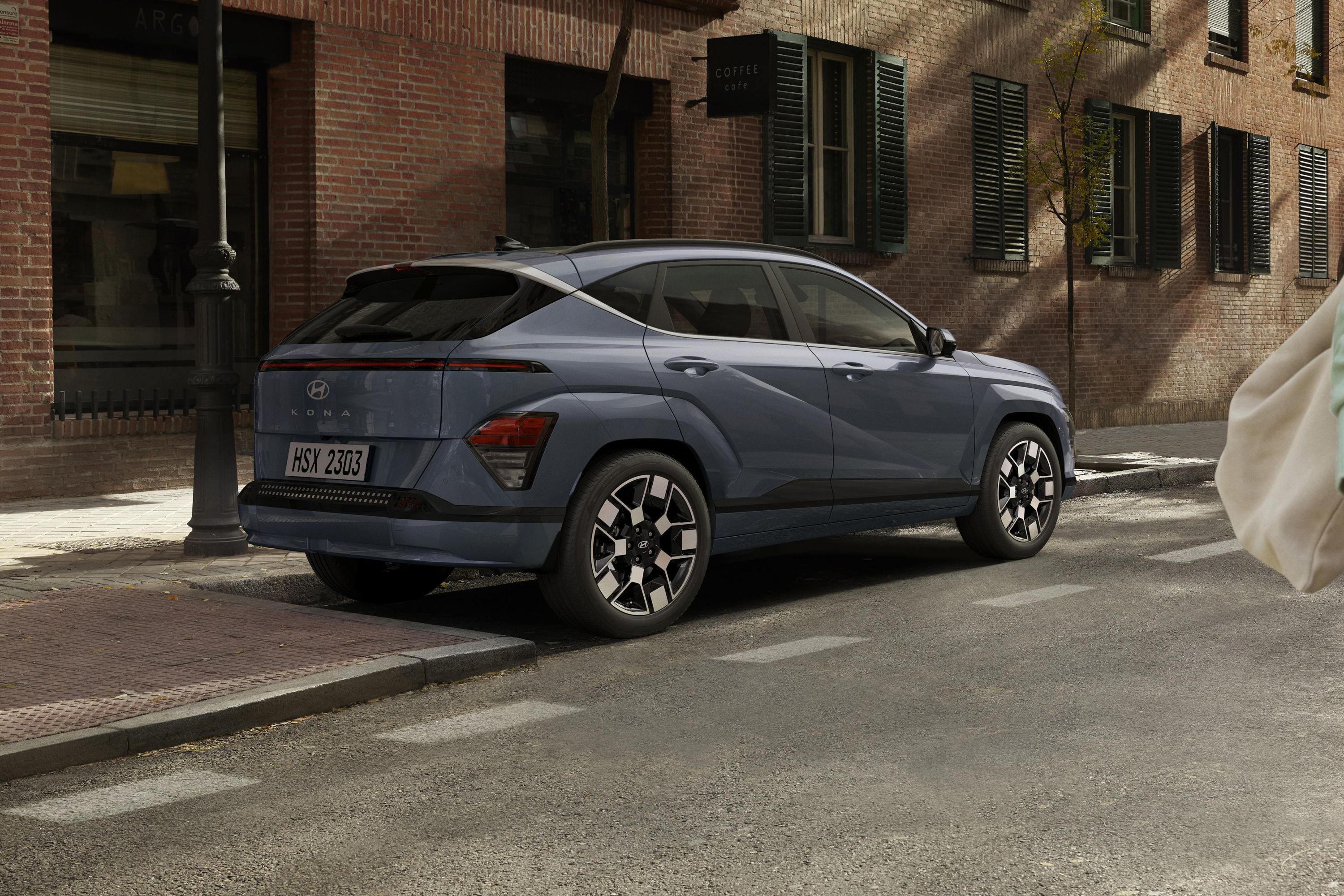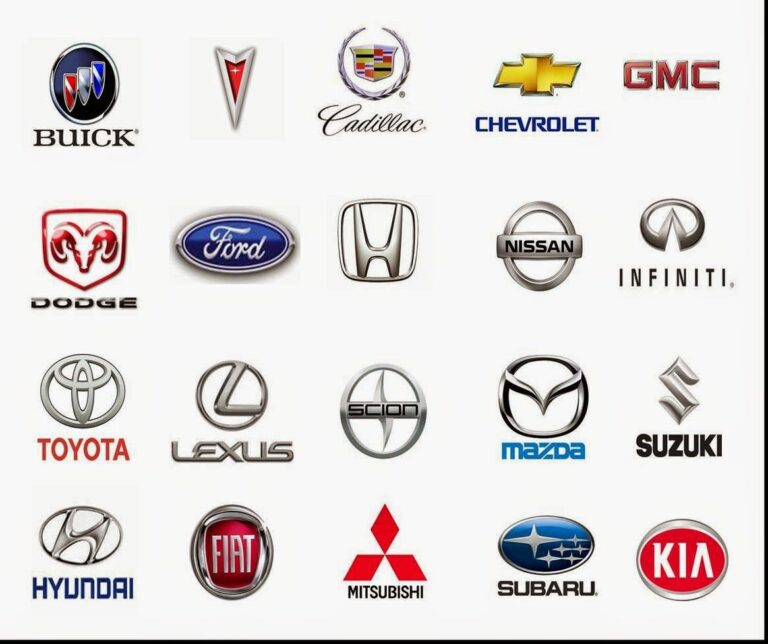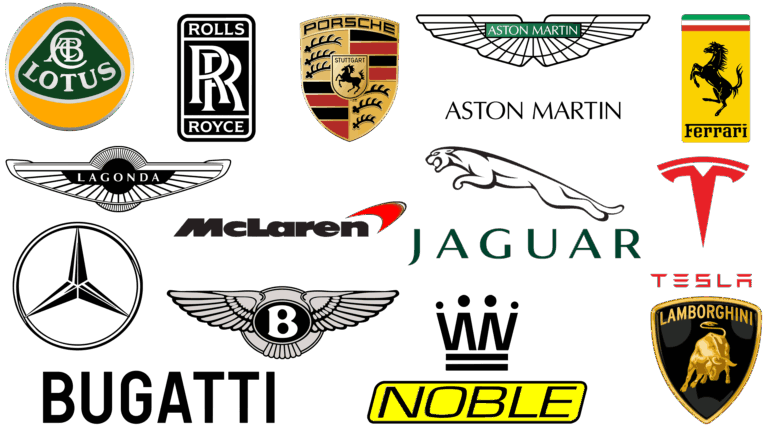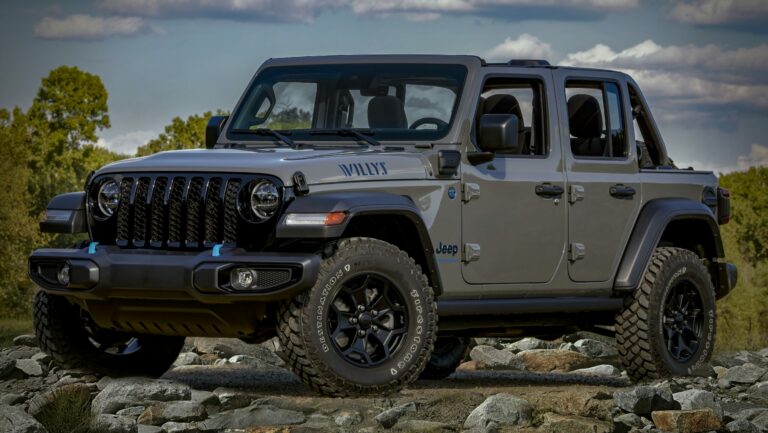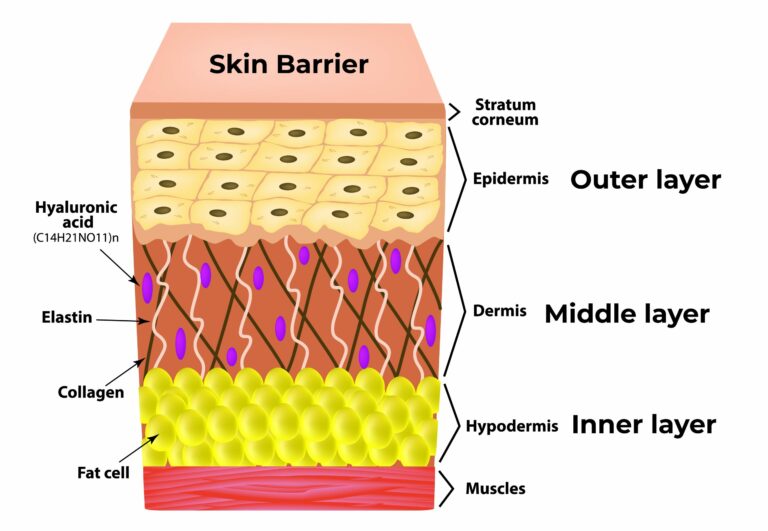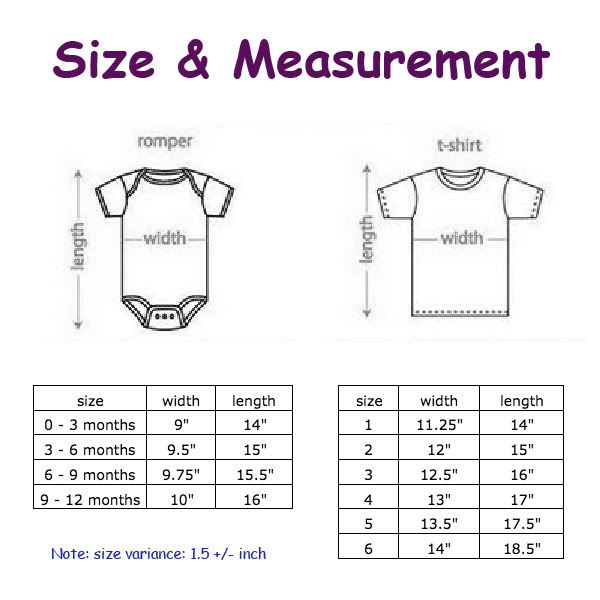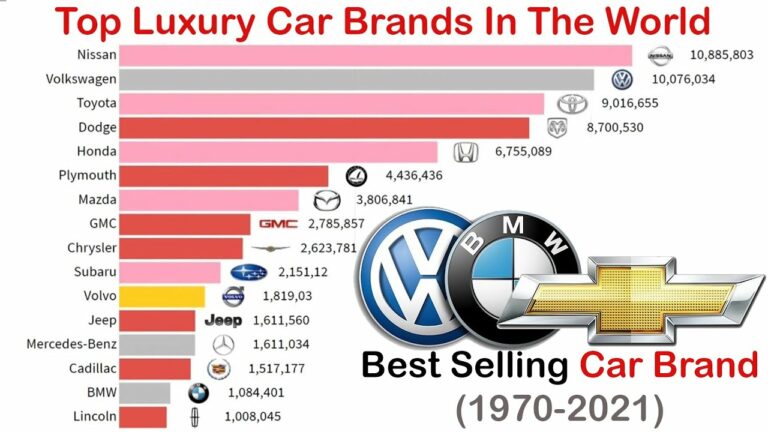What Is The Cheapest Brand New Car On The Market?
What Is The Cheapest Brand New Car On The Market? cars.truckstrend.com
In an era of rising inflation, escalating car prices, and a volatile automotive market, the quest for an affordable brand new car has become more challenging yet more critical than ever. For first-time buyers, those on a strict budget, or individuals simply seeking reliable transportation without breaking the bank, identifying "the cheapest brand new car on the market" is a common and vital question. It’s not just about finding the lowest sticker price; it’s about understanding the true cost of ownership, the compromises involved, and whether the vehicle genuinely meets one’s needs. This comprehensive guide will navigate the complex landscape of affordable new cars, helping you make an informed decision in your search for economical mobility.
The Evolving Landscape of Affordable Cars
What Is The Cheapest Brand New Car On The Market?
The automotive market has undergone significant transformations in recent years. Gone are the days when multiple new models were readily available under the $15,000 mark. Factors such as increased safety regulations, the integration of advanced technology, supply chain disruptions, and global inflation have steadily pushed vehicle prices upwards. Even entry-level cars now come equipped with features that were once considered luxuries, contributing to their higher price tags.
This shift means that "cheapest" is a constantly moving target, influenced by manufacturer incentives, regional pricing variations, and the ebb and flow of inventory. The vehicles holding the title of "cheapest" are typically found in the subcompact sedan or hatchback segments, designed with a primary focus on utility, fuel efficiency, and a minimalist approach to features. Understanding this evolving landscape is the first step in setting realistic expectations for your car-buying journey.
Identifying the Contenders: What to Look For
When searching for the cheapest brand new car, the primary focus should always be on the Manufacturer’s Suggested Retail Price (MSRP) of the base model. Dealerships often display higher trim levels or models with optional packages, so it’s crucial to specify that you are interested in the absolute entry-level version.
Here’s what to consider when evaluating potential contenders:
- Base MSRP: This is the starting price set by the manufacturer before any options, destination fees, taxes, or dealer markups. Always verify this directly from the manufacturer’s website.
- Destination Fee: Almost all new cars have a mandatory destination or delivery fee, which covers the cost of shipping the vehicle from the factory to the dealership. This fee is non-negotiable and adds several hundred to over a thousand dollars to the final price.
- Body Type: The cheapest new cars are almost exclusively subcompact sedans or hatchbacks. These smaller vehicles typically have less material, simpler engineering, and lower production costs.
- Standard Features: Expect a truly "cheapest" car to come with very basic features. This might mean manual windows, a simple radio (or no touchscreen), steel wheels with hubcaps, and minimal driver-assist technologies beyond the federally mandated ones (like a rearview camera).
- Reliability and Warranty: Even at the lowest price point, reliability and a good warranty are paramount. A cheap car that constantly needs repairs negates any initial savings. Look for comprehensive warranties that cover major components for an extended period.
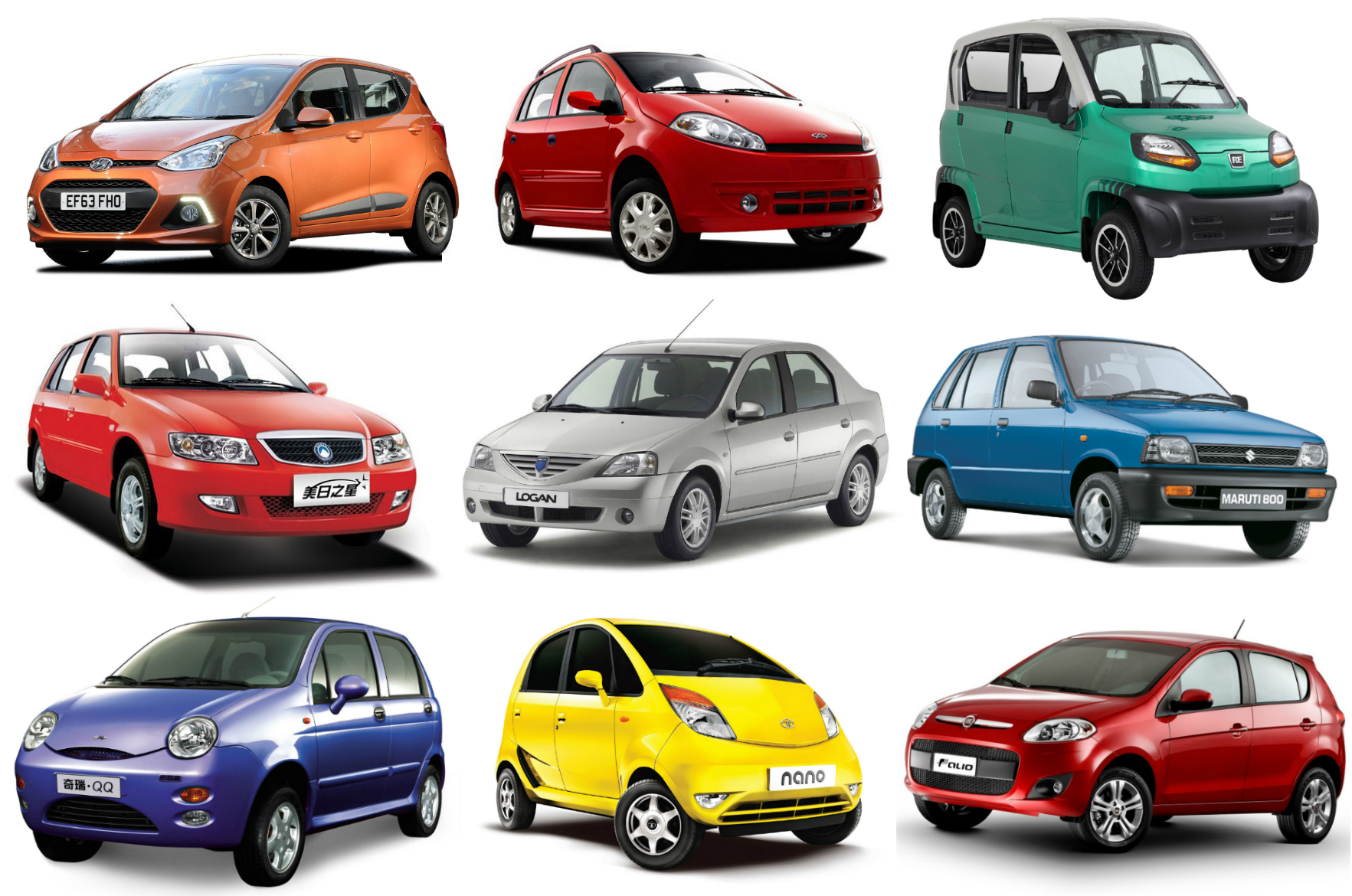
The Current Frontrunners: A Detailed Look at the Cheapest Brand New Cars
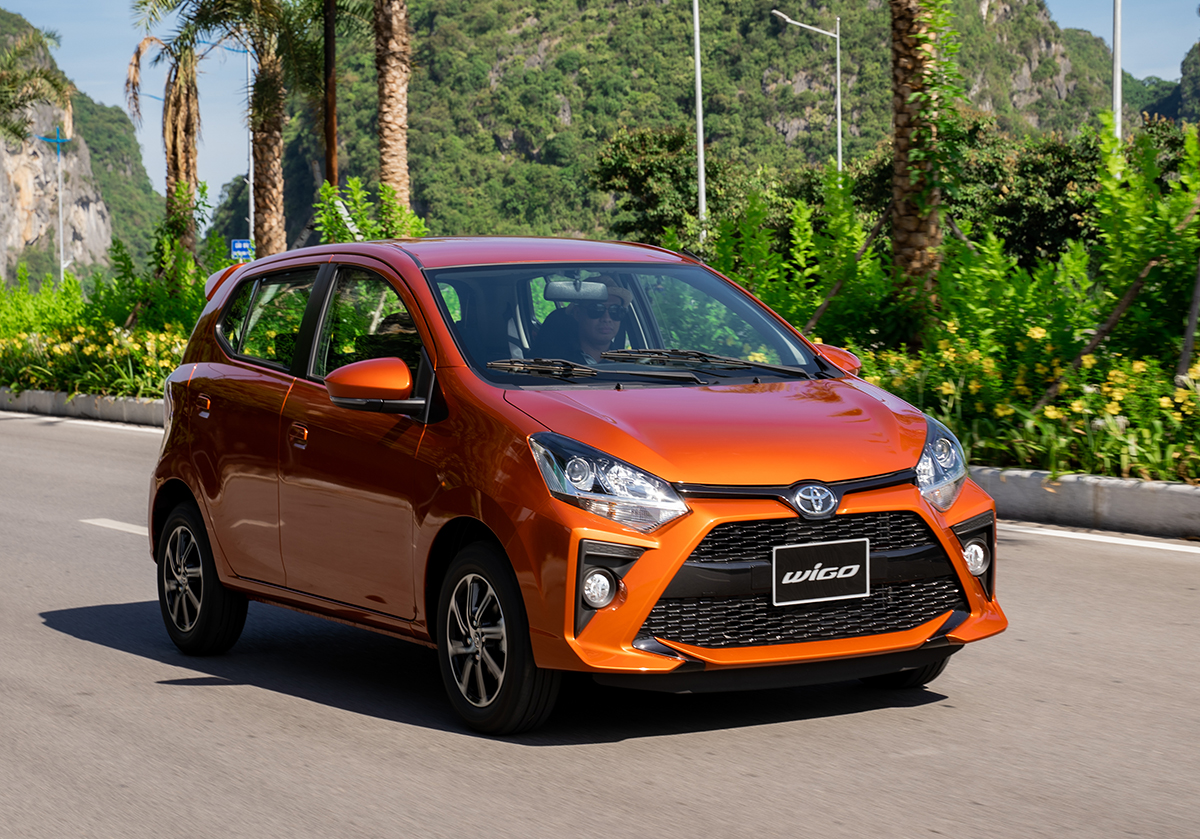
As of late 2023/early 2024, the list of truly affordable new cars has shrunk, but a few models consistently compete for the title of the lowest MSRP. It’s important to remember that prices can fluctuate, and specific regional incentives might alter the landscape.
Here are the primary contenders, based on their base MSRPs:
-
Mitsubishi Mirage (Sedan & Hatchback):

- Overview: The Mitsubishi Mirage has consistently held the title of the cheapest new car in the U.S. for several years. It’s offered as both a compact sedan (Mirage G4) and a hatchback. Its primary appeal is its incredibly low price, excellent fuel economy, and one of the industry’s best warranties.
- Pros: Unbeatable price, fantastic fuel efficiency (often over 39 MPG highway), strong 10-year/100,000-mile powertrain warranty, highly maneuverable in urban environments.
- Cons: Very modest engine power (78 hp), basic interior, noticeable road noise, not ideal for highway passing or long trips.
- Target Audience: Urban dwellers, students, budget-conscious commuters, those needing a bare-bones A-to-B vehicle.
-
Nissan Versa:
- Overview: The Nissan Versa is a subcompact sedan that offers a slightly more refined experience than the Mirage while still maintaining a highly competitive price point. It received a refresh recently, improving its styling and adding some standard features.
- Pros: Relatively spacious interior for its class, comfortable ride, decent fuel economy, modern styling for a budget car, more standard safety features than some rivals (e.g., automatic emergency braking).
- Cons: Engine can feel underpowered (122 hp), CVT transmission can be noisy under hard acceleration, base model is still quite sparse.
- Target Audience: Individuals seeking a comfortable and reliable commuter car with a bit more space and modern touches than the absolute cheapest options.
-
Kia Forte:
- Overview: The Kia Forte is a compact sedan that often surprises buyers with its value proposition. While its base MSRP is a step up from the Mirage and Versa, it offers a larger vehicle class, more power, and a more upscale interior for the money.
- Pros: Roomy cabin, ample trunk space, strong warranty (10-year/100,000-mile powertrain), competitive standard features, comfortable ride, more powerful engine options available in higher trims.
- Cons: Base engine (147 hp) can feel uninspired, some interior materials are hard plastics, road noise can be noticeable.
- Target Audience: Buyers who need more space and a slightly more robust driving experience than a subcompact, but are still very budget-conscious.
-
Hyundai Elantra:
- Overview: The Hyundai Elantra, a sibling to the Kia Forte, offers similar value in the compact sedan segment. It boasts distinctive styling and a comfortable, well-equipped interior even in its base trim.
- Pros: Bold exterior design, spacious and well-designed interior, good fuel economy, excellent warranty, user-friendly infotainment system.
- Cons: Base engine performance is adequate but not thrilling, some road noise, the unique styling isn’t for everyone.
- Target Audience: Similar to the Kia Forte, those looking for a stylish, feature-rich compact car on a budget, valuing design and interior comfort.
Table: Cheapest Brand New Cars on the Market (As of Early 2024)
| Make | Model | Body Style | Base MSRP (Approx.)* | Estimated MPG (Combined)** | Basic Warranty (Years/Miles) | Powertrain Warranty (Years/Miles) | Key Feature Highlight (Base Model) |
|---|---|---|---|---|---|---|---|
| Mitsubishi | Mirage | Hatchback | $16,695 | 39 | 5/60,000 | 10/100,000 | Lowest MSRP, Best Fuel Economy |
| Mitsubishi | Mirage G4 | Sedan | $17,695 | 37 | 5/60,000 | 10/100,000 | Lowest MSRP Sedan, Best Fuel Economy |
| Nissan | Versa | Sedan | $18,000 | 35 | 3/36,000 | 5/60,000 | Standard AEB, Roomy Interior |
| Kia | Forte | Sedan | $20,000 | 33 | 5/60,000 | 10/100,000 | Compact Class Space, Great Warranty |
| Hyundai | Elantra | Sedan | $22,000 | 37 | 5/60,000 | 10/100,000 | Bold Styling, Feature-Rich Interior |
*MSRPs are for the absolute base trim levels and do not include destination fees, taxes, registration, or dealer-specific charges. Prices are subject to change by the manufacturer.
**MPG estimates are for base automatic transmission models where applicable. Manual transmission may vary.
Beyond the Sticker Price: True Cost of Ownership
The initial purchase price is just one piece of the puzzle. To truly understand the "cheapest" car, you must consider the total cost of ownership over time. Overlooking these factors can quickly negate any upfront savings.
- Fuel Efficiency (MPG): A car that costs less upfront but guzzles gas will be more expensive in the long run. The models listed above excel in fuel economy, which is a major benefit for budget-conscious drivers.
- Insurance Costs: Younger drivers or those with less-than-perfect records might find insurance on brand new cars surprisingly high. Get insurance quotes before you buy. Generally, cheaper cars can be cheaper to insure, but this isn’t always the case, especially if they are frequently involved in accidents (e.g., common first cars).
- Maintenance and Repair Costs: While new cars are covered by warranty, routine maintenance (oil changes, tire rotations) is still necessary. Research the typical cost of parts and labor for the brand. Brands with longer powertrain warranties like Kia, Hyundai, and Mitsubishi can offer peace of mind.
- Depreciation: All new cars depreciate, but the rate varies. Some cheaper cars might hold their value surprisingly well due to consistent demand, while others might lose a significant portion quickly.
- Financing Costs: If you’re taking out a loan, the interest rate will add a substantial amount to the total cost. A lower interest rate, even on a slightly more expensive car, could make it cheaper in the long run than a very cheap car with a high interest rate.
- Registration and Taxes: These vary by state and can add hundreds or even thousands to the initial outlay.
Tips for Buying the Cheapest Brand New Car
Navigating the dealership experience for an entry-level vehicle requires strategy.
- Do Your Homework: Research specific models, their base MSRPs, and standard features before stepping onto a lot. Know exactly which trim level you want.
- Stick to the Base Model: Resist the temptation for upgrades. Even seemingly small packages can add hundreds or thousands to the price. Manual transmissions, if available, are often cheaper than automatics.
- Shop Around: Visit multiple dealerships, even those slightly further away. Competition can drive down prices or lead to better financing offers.
- Negotiate: While there might be less wiggle room on a sub-$20,000 car compared to a luxury SUV, don’t assume the sticker price is the final price. Negotiate on the total out-the-door price.
- Understand All Fees: Ask for a breakdown of all fees: destination, documentation, registration, taxes. Question anything that seems excessive or unclear.
- Get Pre-Approved for a Loan: Knowing your financing options and approved interest rate from your bank or credit union before visiting the dealership gives you leverage.
- Don’t Be Pressured into Add-ons: Resist extended warranties, paint protection, fabric guards, or other aftermarket add-ons unless you’ve researched them and genuinely believe they offer value.
- Test Drive: Even the cheapest car should feel comfortable and safe. Test drive on various road types to assess its performance, noise levels, and overall feel.
Potential Challenges and Alternatives
Buying the cheapest new car isn’t without its potential challenges.
- Limited Features: You’ll forgo many convenience and technology features common in higher-priced cars.
- Less Power: Base engines are often adequate for city driving but can struggle with highway merging or steep inclines.
- Basic Safety Tech: While all new cars have mandated safety features (airbags, rearview camera), advanced driver-assistance systems (ADAS) like adaptive cruise control or lane-keeping assist are usually optional or reserved for higher trims.
- Road Noise/Ride Quality: These cars often use simpler suspension systems and less sound deadening, leading to a noisier and sometimes harsher ride.
- Limited Inventory: Dealerships may not always stock many base models, preferring to sell higher-margin trims. You might need to order or wait.
If the compromises of a brand new, ultra-cheap car are too significant, consider these alternatives:
- Certified Pre-Owned (CPO) Vehicles: These are used cars sold by dealerships that have undergone rigorous inspections and come with a manufacturer-backed warranty. They offer a "like-new" experience at a lower price point and often include more features.
- Used Cars: The used car market offers a vast array of choices at every price point. A slightly older, well-maintained used car can provide significantly more features, space, and power for the same money (or less) than a bare-bones new car. However, they come with less warranty protection.
- Public Transportation/Ride-sharing: For those who don’t need a car daily, these can be far more economical than even the cheapest car.
Conclusion
The search for the cheapest brand new car on the market is a journey of careful consideration, balancing upfront cost with long-term value and personal needs. While the Mitsubishi Mirage and Nissan Versa consistently vie for the title of the lowest sticker price, a holistic understanding of the total cost of ownership—including fuel, insurance, maintenance, and depreciation—is essential.
Ultimately, the "cheapest" car isn’t just about the number on the window sticker. It’s about finding a reliable, efficient vehicle that fits your budget and lifestyle, providing essential transportation without unnecessary frills. With diligent research, smart shopping, and a clear understanding of your priorities, you can find a brand new car that offers excellent value and serves you well for years to come.
